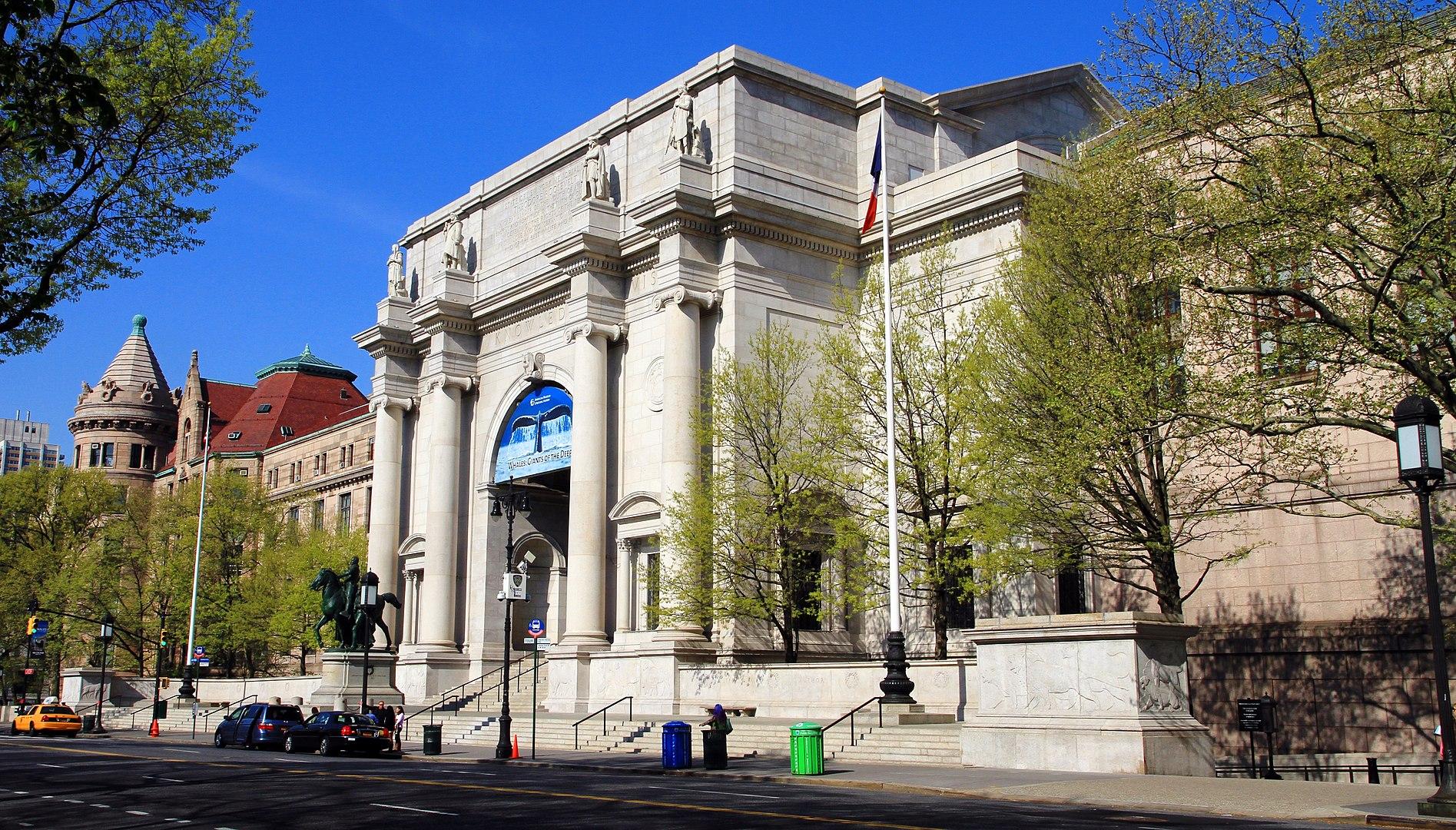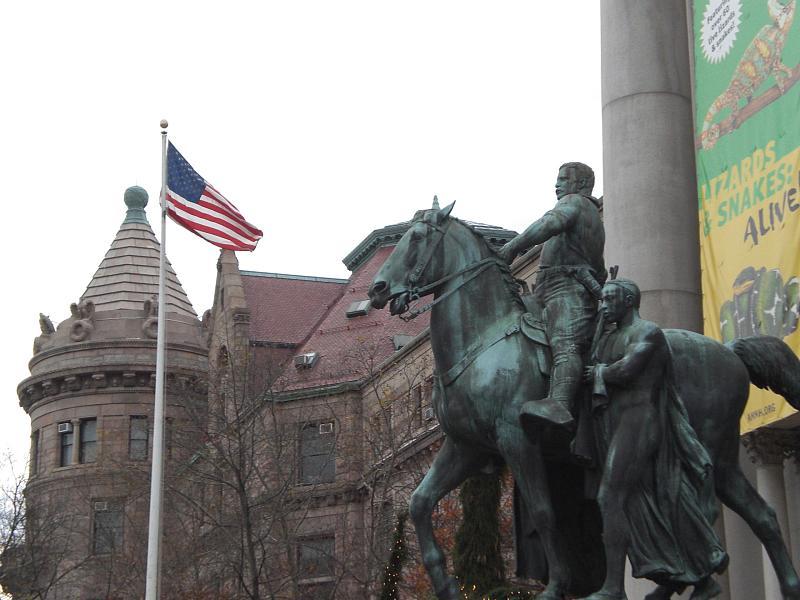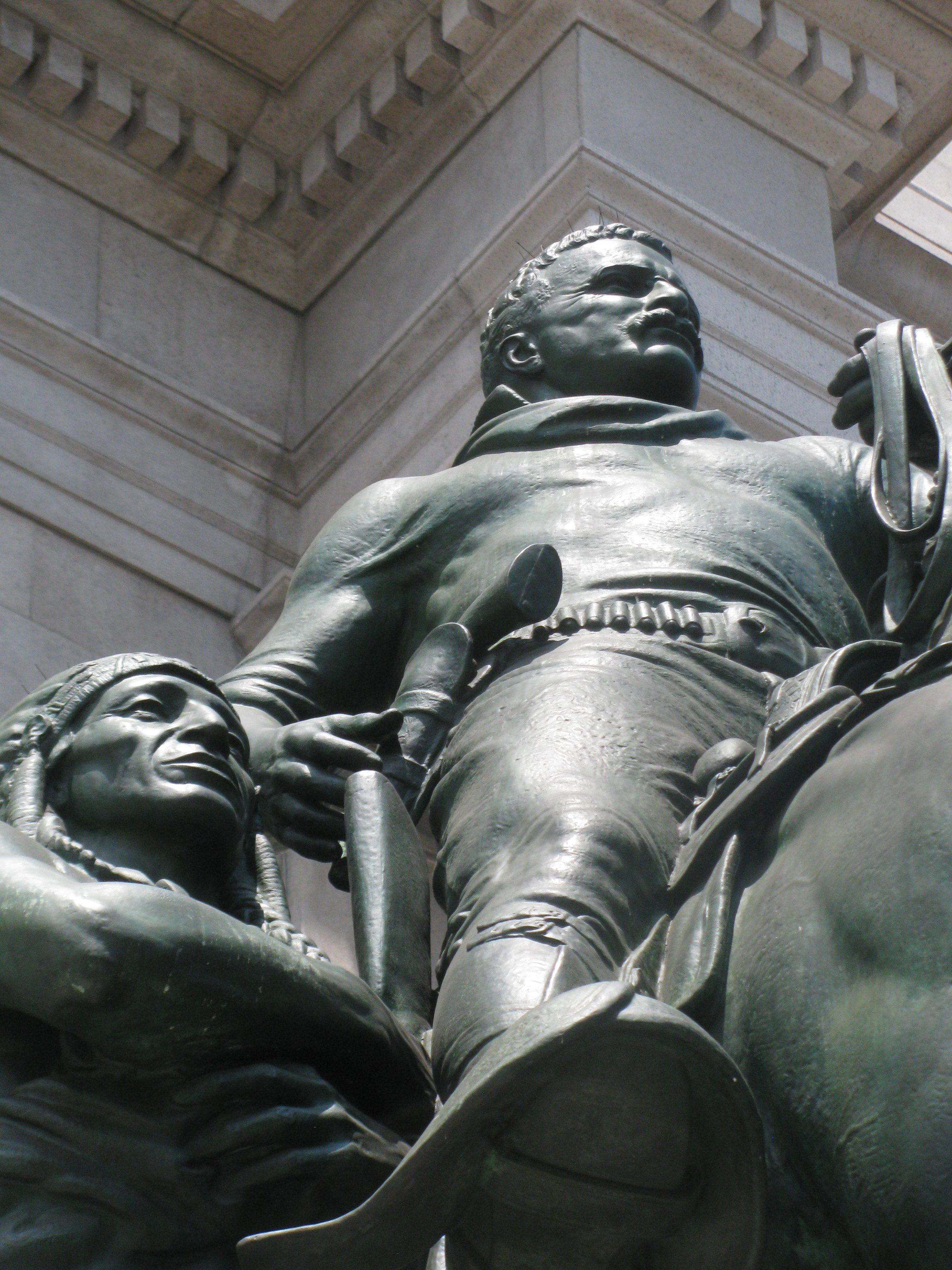Ellen Futter, President of the American Museum of Natural History said: “As we strive to advance our institution’s, our City’s, and our country’s passionate quest for racial justice, we believe that removing the Statue will be a symbol of progress and of our commitment to build and sustain an inclusive and equitable Museum community and broader society.”
Mayor Bill de Blasio said: “The American Museum of Natural History has asked to remove the Theodore Roosevelt statue because it explicitly depicts Black and Indigenous people as subjugated and racially inferior. The City supports the Museum’s request. It is the right decision and the right time to remove this problematic statue.”
Theodore Roosevelt IV, Museum Trustee and great-grandson of Theodore Roosevelt, said: “The world does not need statues, relics of another age, that reflect neither the values of the person they intend to honor nor the values of equality and justice. The composition of the Equestrian Statue does not reflect Theodore Roosevelt’s legacy. It is time to move the Statue and move forward.”
Full text of the Museum’s staff memo follows:
“Over the last few weeks, our Museum community has been profoundly moved by the ever-widening movement for racial justice that has emerged after the killing of George Floyd. We also have watched as the attention of the world and the country has increasingly turned to statues and monuments as powerful and hurtful symbols of systemic racism.
The Equestrian Statue that sits on New York City public park land in front of the Museum’s Central Park West entrance is part of the New York State memorial to Theodore Roosevelt, who served as Governor of New York State before becoming the 26th President of the United States. The Statue has long been controversial because of the hierarchical composition that places one figure on horseback and the others walking alongside, and many of us find its depictions of the Native American and African figures and their placement in the monument racist.































